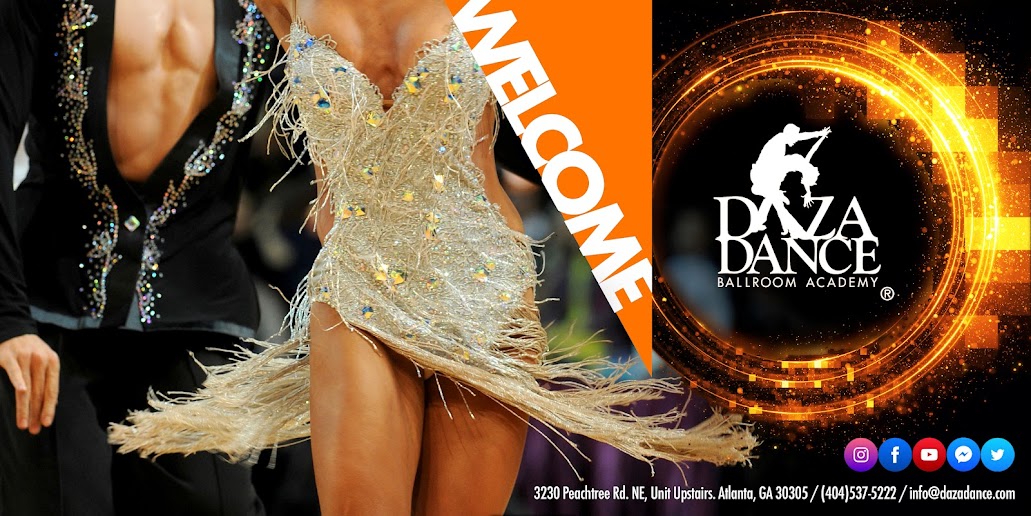While most people think that Fred Astaire and Ginger Rogers created the Foxtrot, it is actually a mistake. The Foxtrot
is a ballroom dance, which takes its name from its inventor, the vaudeville
actor Harry Fox. According to legend, Fox was unable to find female dancers
capable of performing the more difficult two-step. As a result, he added
stagger steps (two trots), creating the basic Foxtrot rhythm of
slow-slow-quick-quick. The dance was premiered in 1914, quickly catching the
eye of the talented husband and wife duo, Vermon and Irene Castle, who lent the
dance its signature grace and style. Arthur Murray, in whose version it began
to imitate the positions of the American Tango, later standardized it. At its
inception, the Foxtrot was originally danced to ragtime. Today, the dance is
customarily accompanied by the same big band music to which swing is also
danced.
By 1915, new and melodic “pop” songs were being written;
tunes like, “Oh, You Beautiful Doll” and “Ida” were the smash hits of the day.
The public was quick to appreciate the change to a smoother, more rhythmic
style of music, and their dancing began to absorb the better attributes of the
older dances. From 1917 up to the present time, the accent has been placed on
smoother dancing and individualized expression.
From the late teens through the
1940’s, the Foxtort was certainly the most popular fast dance and the vast
majority of records issued during these years were foxtrots. The Waltz and
Tango, while popular, never overtook the Foxtrot.
When rock-and-roll first emerged
in the early 1950’s, record companies were uncertain as to what style of dance
would be most applicable to the music. Famously, Decca Records initially
labeled its rock-and-roll releases as “Fox Trots”, most notably “Rock Around
the Clock” by Bill Haley and His Comets. Since that recording, by some
estimates, went on to sell more than 25 million copies. “Rock Around the Clock”
is technically the biggest selling “Foxtrot” of all time.
Over time, foxtrot split into
slow (Foxtrot) and quick (Quick-Step) versions. In the context of International
Standard category of ballroom dances, for some time Foxtrot was called Slow
Foxtrot, or Slow Fox.
By 1960, the international style of dancing was making
its way into the U.S. ballrooms and many of the techniques were implemented
into the American style Foxtrot. As of this writing, the main difference
between the two styles is that the international style Foxtrot is danced
entirely in contact maintaining the normal dance hold, while the American style
allows for complete freedom of expression utilizing various dance holds and
positions.
The American style Foxtrot is a progressive-traveling dance that covers
some ground. If you can walk, you should be able to master this sophisticated,
sassy and smooth dance. The body posture for the Foxtrot is upright, with a
hold similar to the one used in the Waltz. As the tempo of the music increases,
the steps need to be shortening in order to maintain a lively “trot” and proper
balance.
With its smooth and sophisticated feeling, most figures
are designed for the larger ballroom floor. However, these same figures are
also suited to the average dance floor when danced more compactly. Still a classic dance for wedding receptions, the Foxtrot is a
true American favorite.
Callie Harris and Antonio Daza performing the Foxtrot:
Ted Blum and Masha Chubenko performing the Foxtrot:
Jennifer Gensler and Antonio Daza performing the Foxtrot:
Leah Blum and Antonio Daza performing the Foxtrot:


No comments :
Post a Comment
Thank you so much for your comment and/or feed back!